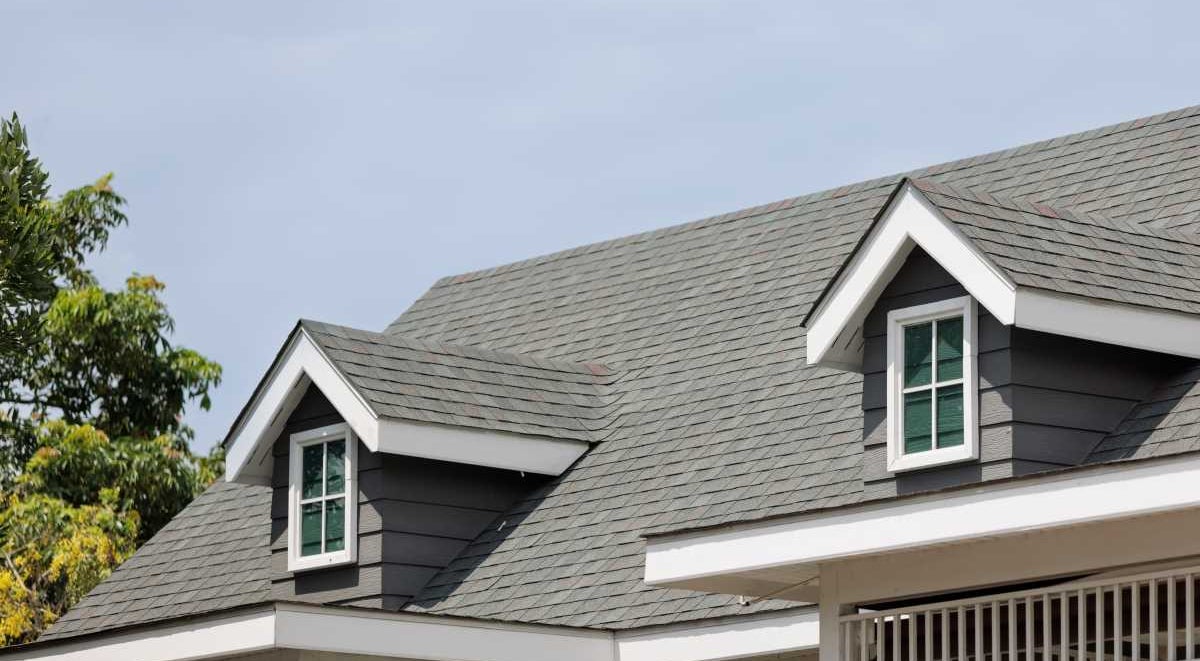Home insurance in Texas
Protect your home with top-rated coverage that could save you money.
Protect your home with top-rated coverage that could save you money.
Whether you do it yourself online or speak with one of our friendly representatives over the phone, Kin makes it easy to find coverage.

Property info
Customize your quote
Get covered
Tell us about your home.
Answer a few basic questions, and we’ll generate your home insurance quote in minutes.
Personalize your policy.
Customize your coverages, limits, and deductibles to get the protection you need at a price that fits your budget.
Get covered.
Review your quote and sign your application online. Any questions? Our licensed agents are here to help.
Rest easy knowing your coverage protects what matters most.
for the actual structure of your home, inside and out.
for things like your detached garage or shed.
for your personal belongings that make your house a home.
for additional living expenses when a covered loss forces you to temporarily relocate.
if you accidentally cause someone bodily injury or property damage.
if a guest is injured on your property.
The average cost of home insurance has increased to more than $4,400 per year in Texas, but you can save money by protecting your home, avoiding damage, and selecting sustainable options.

Home security - for installing security or fire alarms (available for nonmobile homes).
Wind mitigation - the more wind-proof your home, the better.
Water detection - because no one wants a flooded home.
Claims-free - for keeping your home safe over the years.
Electronic policy - for reducing your carbon footprint by saving some paper.
From small claims to disasters, we're here to help you recover quickly.
We reach out before and after major weather events to make sure you’re okay — and to assist if you need to file a claim.
Easily file a claim over the phone with a member of our support team or online in your Customer Portal.
Our licensed insurance experts are available to help via email, phone, or live chat.
We help Texans find coverage across the entire Lone Star State!
The average Texas home insurance premium is Consumer Federation for America. per year, according to the latest data from the Consumer Federation of America. The Texas home insurance rates are typically higher than the national average because of the high risk of natural disasters such as hurricanes, tornadoes, and wildfires. The cost of your premium will also depend on your home’s location and other characteristics.
Texas home insurance rates can vary significantly depending on multiple factors, such as:
Rebuilding costs. Your premium reflects your property's replacement cost value, or how much it would cost to rebuild your home if destroyed.
Home age and construction. Older properties, especially those with aging roofs or non-standard building materials, may be more expensive to insure. Homes built with high-end or hard-to-source materials also tend to be more costly to insure.
Severe weather risks. Texas faces many natural hazards, from hurricanes on the Gulf Coast to hailstorms and wildfires inland. Homes located in high-risk areas often carry higher insurance costs.
Your credit history. In Texas, insurers can use your credit history to help set your premium. Better credit may lead to lower rates, while poor credit could result in higher pricing.
Claims history. You may see a higher premium if you’ve filed multiple home insurance claims in recent years or if the property has a record of prior claims.
Location. Premiums can vary significantly by ZIP code due to factors such as local crime rates, proximity to fire protection services, and exposure to natural or environmental hazards.
Coverage levels and deductibles. The amount of coverage and deductible you choose will affect your rate. Higher limits and lower deductibles result in higher premiums but more comprehensive protection. Lower limits and higher deductibles can yield lower premiums, but you’ll likely need to pay more out of pocket after a claim.
Your specific coverage needs will depend on your property, financial protection preferences, and any mortgage requirements you may have. However, it’s generally wise to keep the following in mind:
Dwelling coverage pays to rebuild your home if it’s destroyed. Consider a dwelling coverage limit equal to 100% of your home’s replacement cost value, or how much it would cost to rebuild after a total loss.
Other structures coverage limits are typically at least 10% of your dwelling limit. This part of your policy protects structures like detached garages, sheds, or pool houses. You may need more coverage if the value of other structures on your property exceeds 10% of your dwelling limit.
Personal property coverage helps replace your belongings if damaged or stolen. You should consider carrying coverage equal to at least 50% of your dwelling limit. Your exact needs will depend on the combined value of insurerable belongings in your home.
Loss of use coverage, also known as additional living expenses (ALE), can help you pay for necessities like meals and lodging if you are displaced after a covered event. Limits for this part of your coverage are generally set at 20% of your dwelling coverage.
Personal liability coverage provides financial protection if someone is injured on your property or if you or a covered household member is responsible for damaging a third party’s property. You should consider carrying a minimum of $100,000 to $300,000 in coverage, though you may need more based on your property, risk exposure, and assets.
Medical payments to others coverage will cover minor medical expenses if a guest is injured on your property, regardless of who is at fault. Coverage typically ranges from $1,000 to $5,000.
While a Texas home insurance policy can provide financial protection after a range of losses, it won’t cover everything. Common exclusions and limitations include damage from:
Rodent or insect infestations
Floods, sinkholes, and earthquakes
Intentional damage caused by a covered household member or the policyholder.
Most instances of rot, mold, mildew, etc.
The cost of replacing systems, components, or materials is compromised due to wear and tear.
Note: Your policy may also exclude hurricane damage, especially if you live along the Texas coast. If your policy does cover hurricane damage, related claims will likely have a separate deductible.
If you live in Texas, consider the following:
Flood insurance. Standard home insurance policies do not cover flood damage. You should consider adding an endorsement or purchasing a separate flood insurance policy, especially if you live on the coast or in a flood-prone area.
Windstorm and hail insurance. These weather events are common in Texas and can cause significant damage to your property. However, coverage may be excluded or limited depending on where you live and your policy details. Talk to your insurance agent to learn about exclusions and coverage options.
Water backup coverage. Sewer issues and failed sump pumps can lead to water backing up into your home. This type of water damage is typically excluded from a standard policy. This optional coverage helps pay for damage caused by these events.
Ordinance or law coverage. If your home is damaged by a covered event and local building codes require updated construction methods or materials, this endorsement helps cover the additional costs associated with these requirements. It benefits homes in older neighborhoods or rapidly developing Texas cities with evolving building codes.
Replacement cost coverage for personal property. Most basic policies only cover personal property at actual cash value (ACV), which takes into account depreciation. Enhancing your policy with replacement cost coverage ensures you’re reimbursed for the full cost (minus your deductible) of new items to replace damaged or stolen belongings.
Extended replacement cost coverage. After major disasters, such as hurricanes or tornadoes, construction costs can spike. This endorsement increases your dwelling coverage limit, helping ensure you have enough to rebuild, even if prices for labor and materials rise unexpectedly
Texas state law does not require you to buy home insurance. However, if you have a mortgage on your house, your lender will likely require you to insure your property for the life of the loan.
Properties in Texas are vulnerable to a range of perils, including hurricanes, tropical storms, tornadoes, flooding, and wildfires. As such, you should consider carrying home insurance even if it’s not required. Repairing or rebuilding your home after a disaster can cost hundreds of thousands of dollars if you aren’t insured.